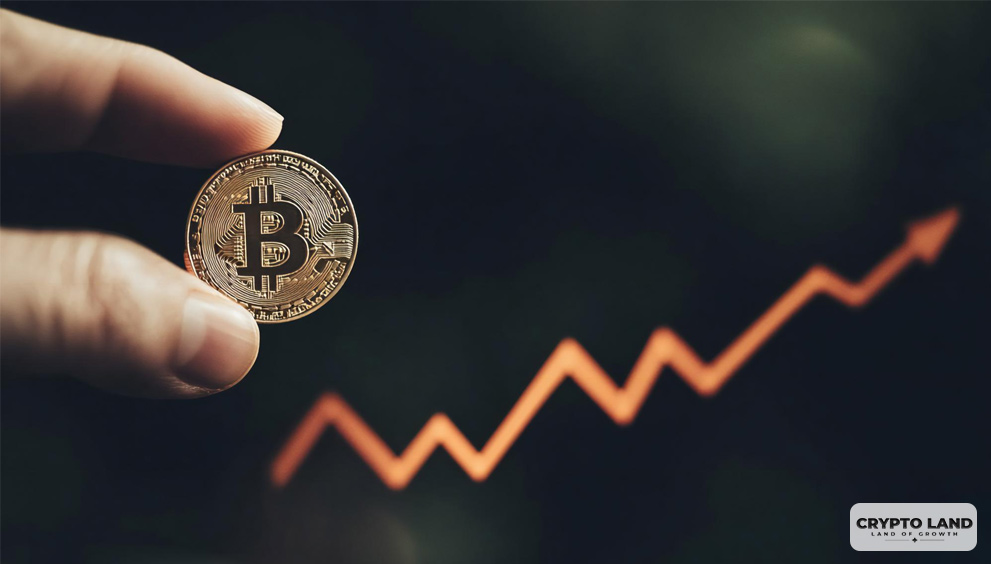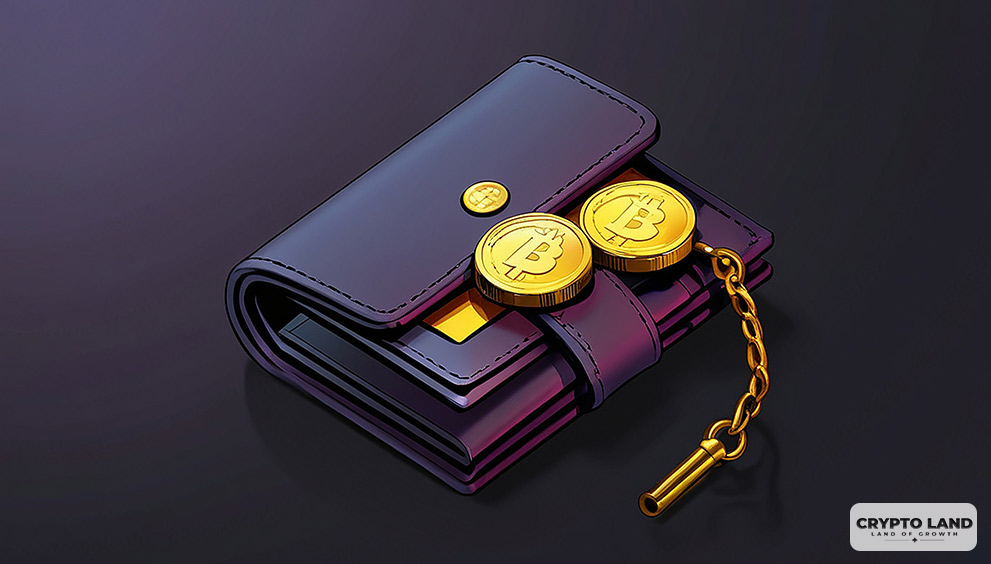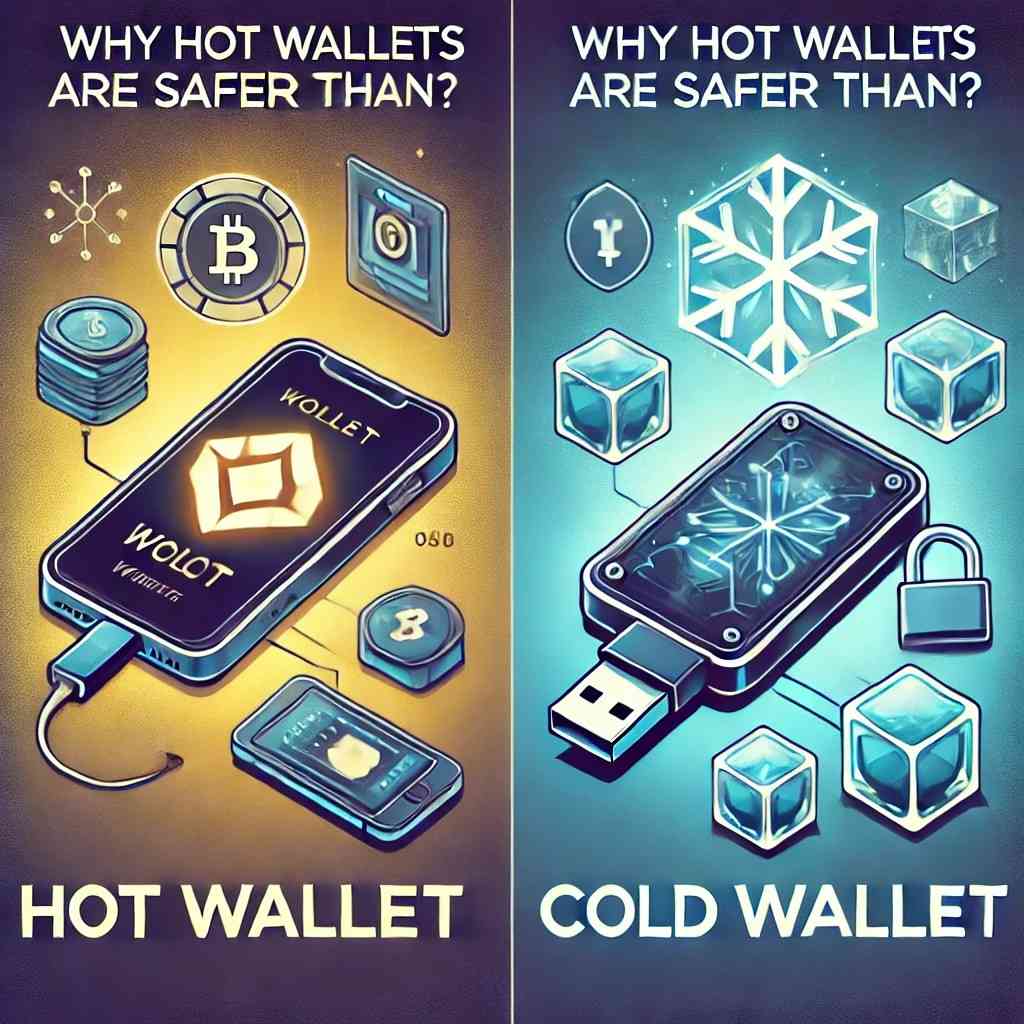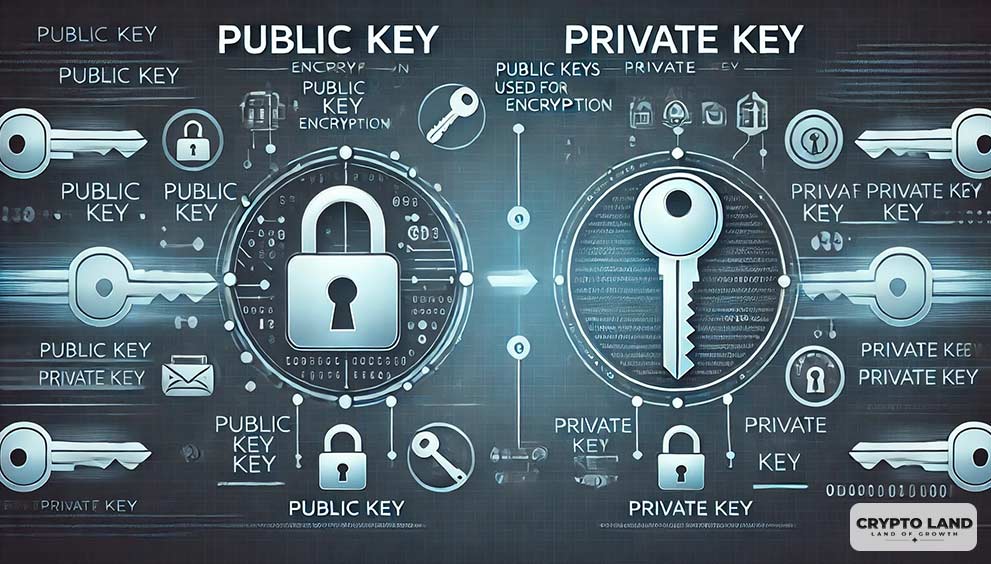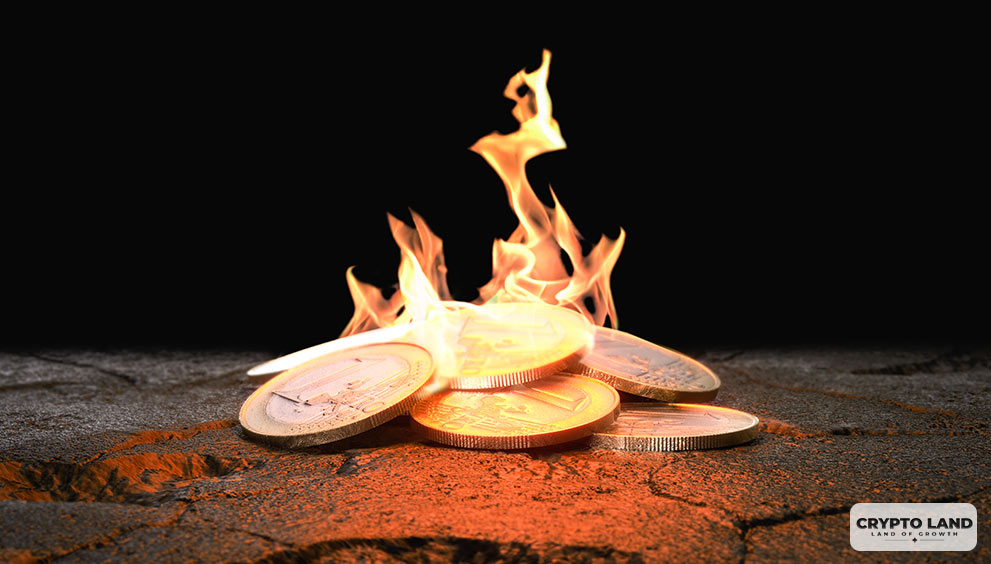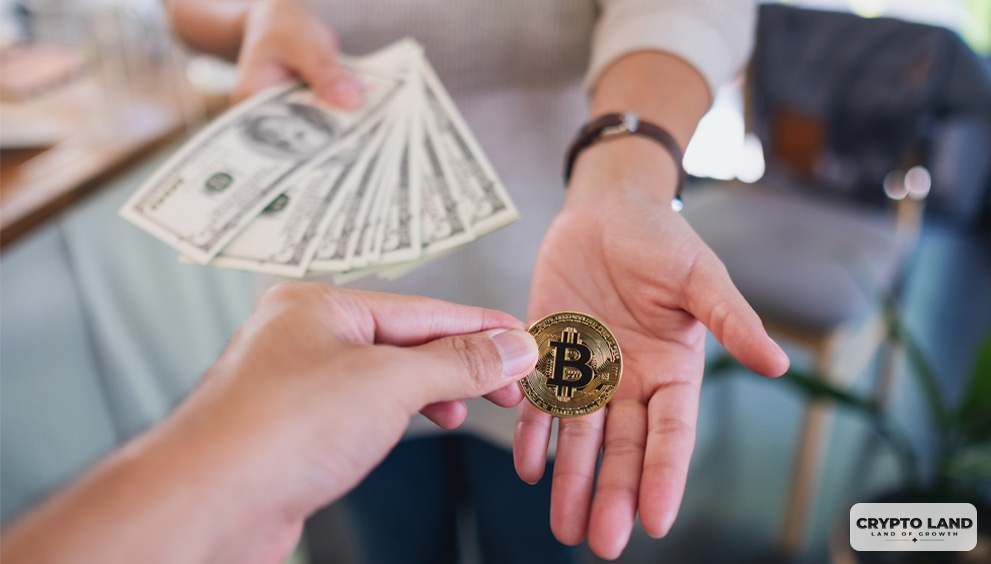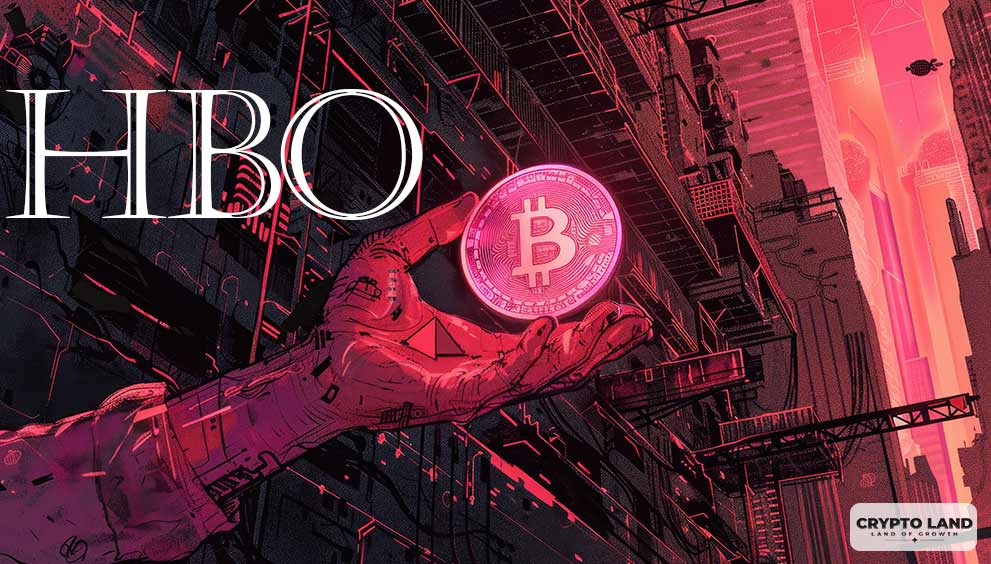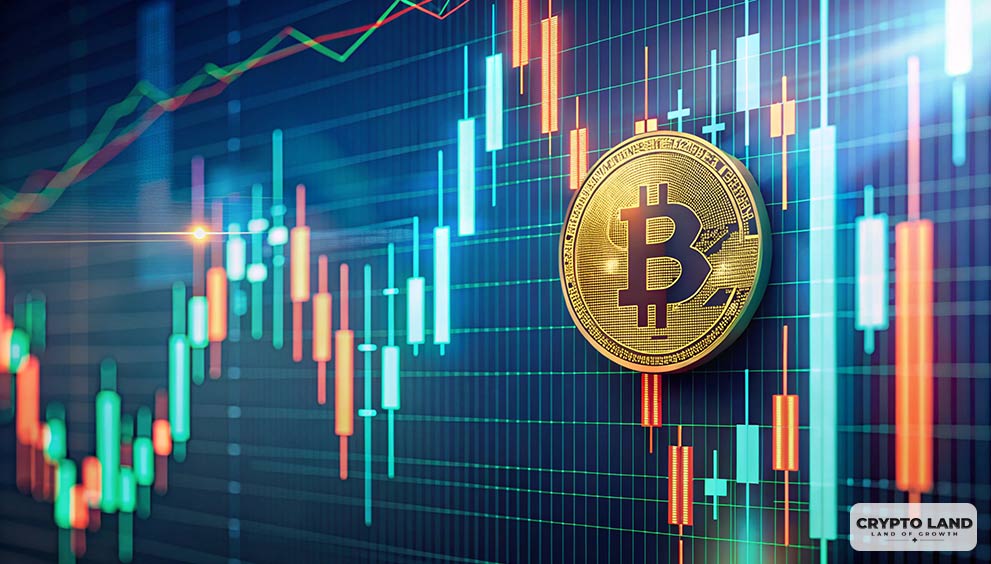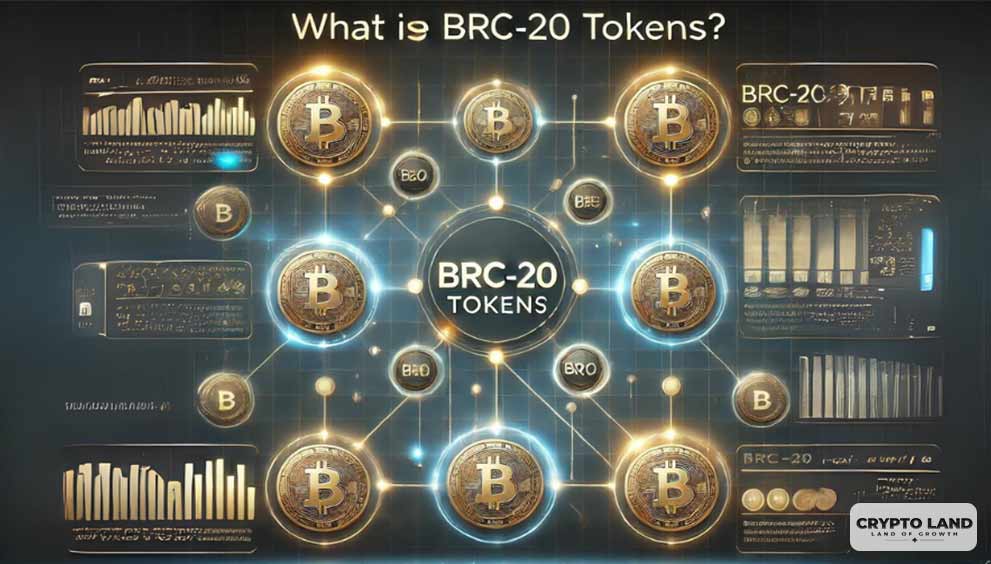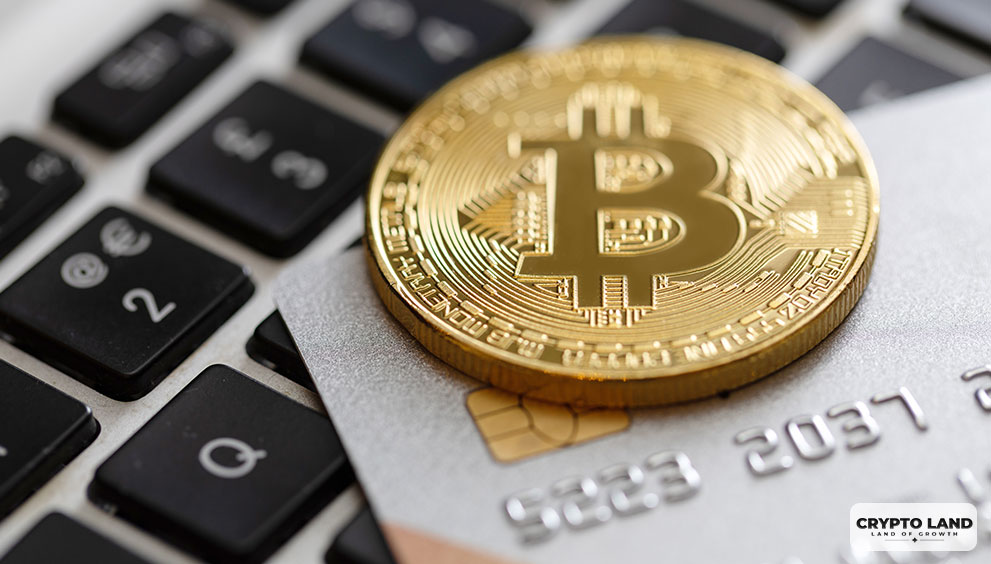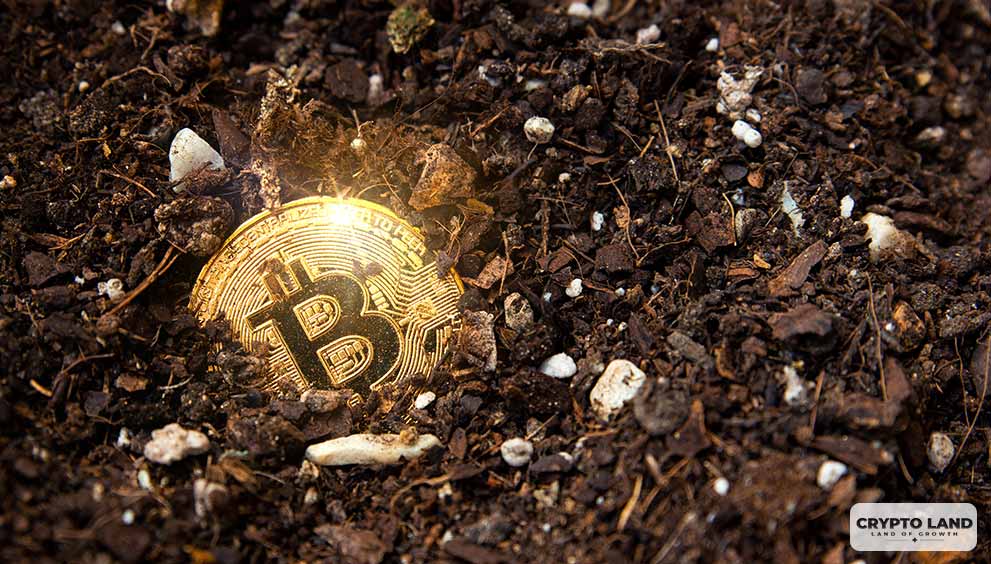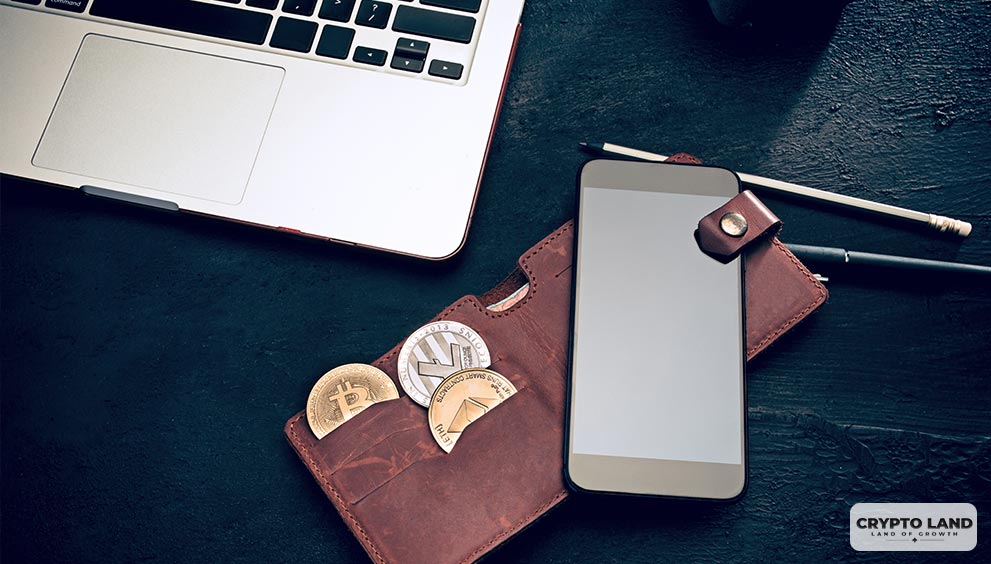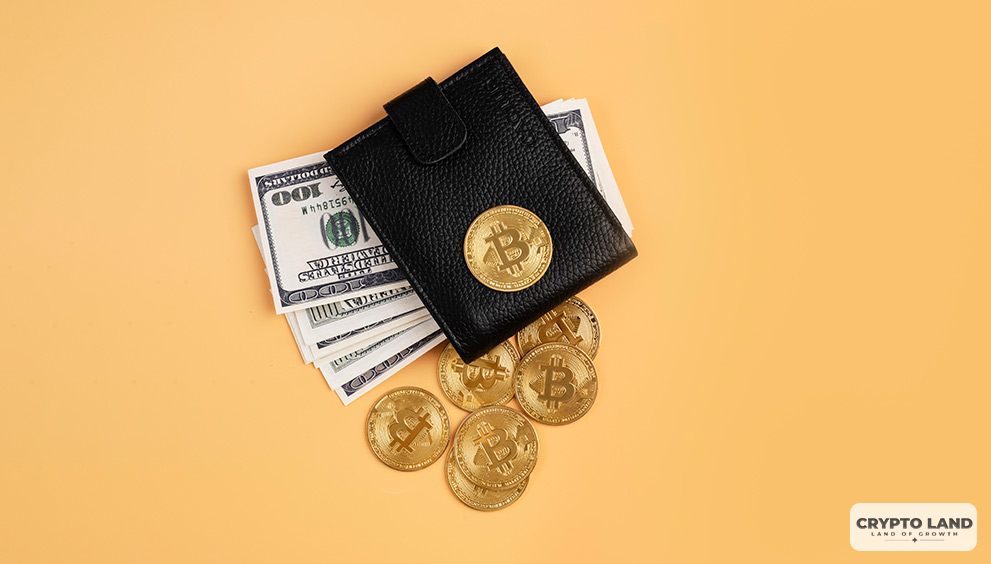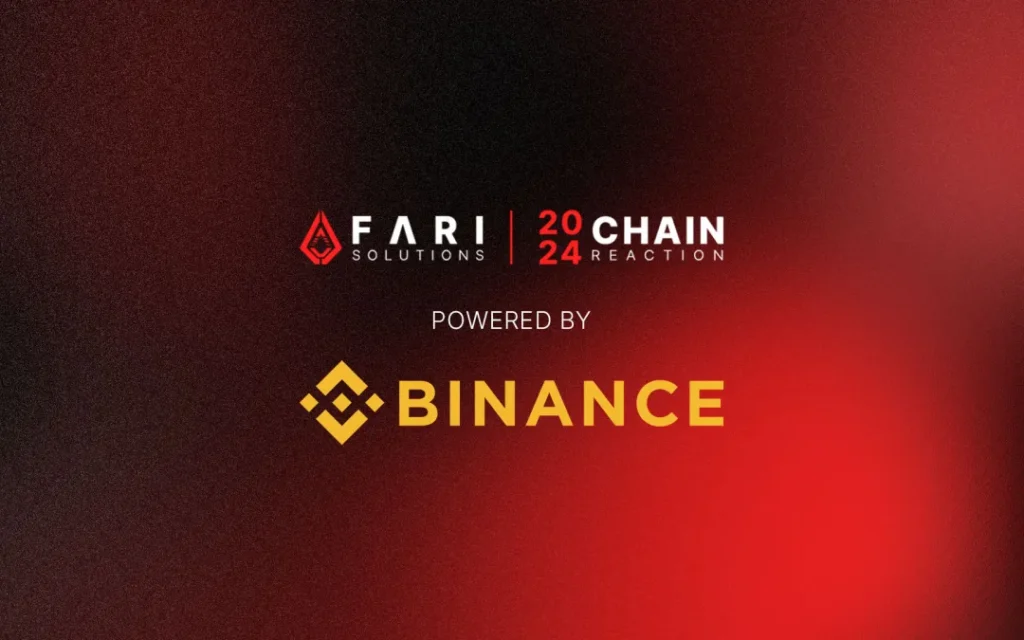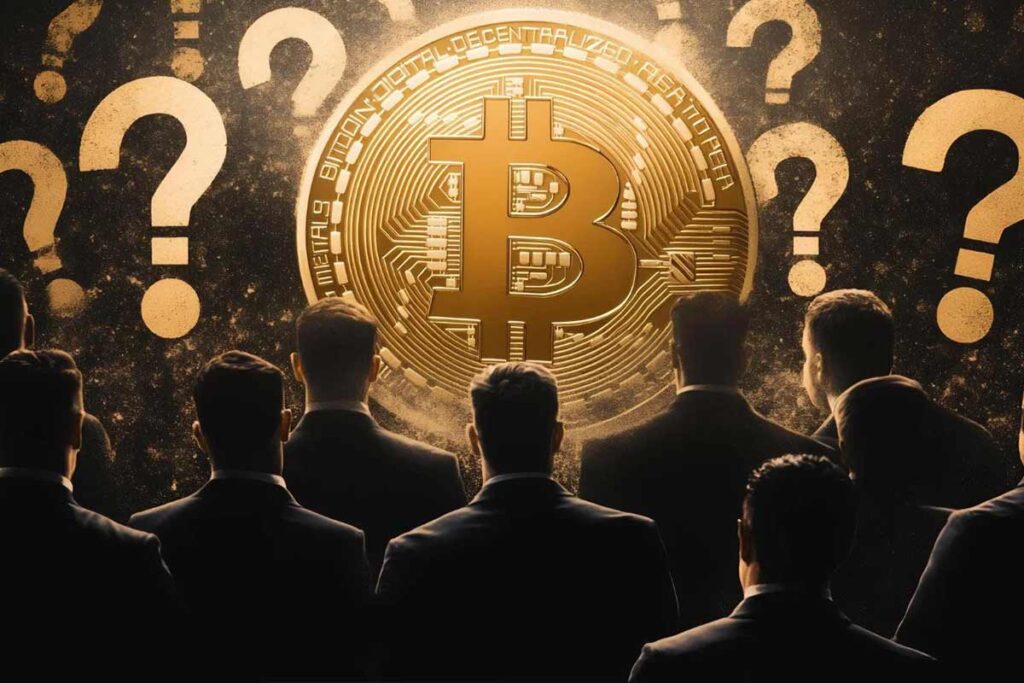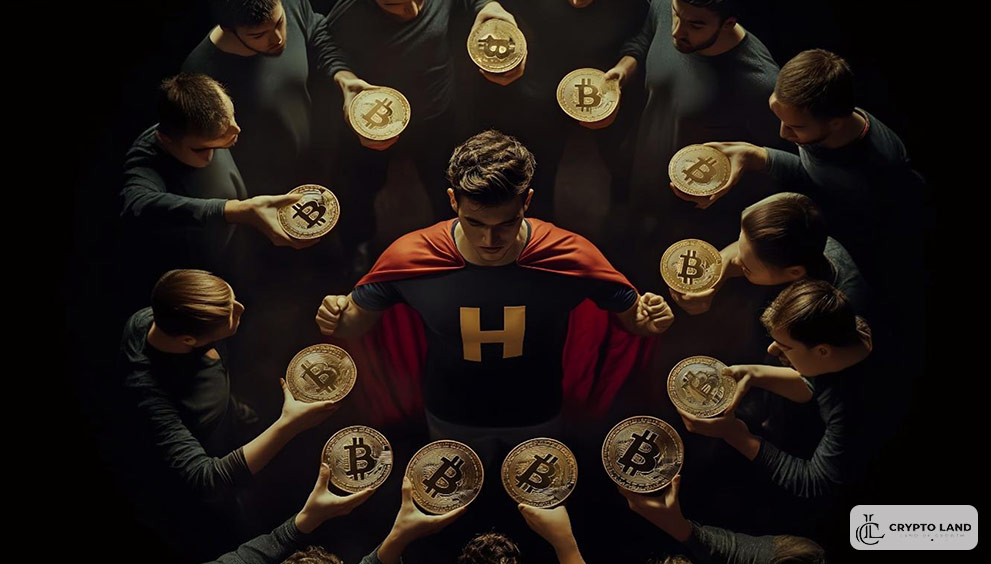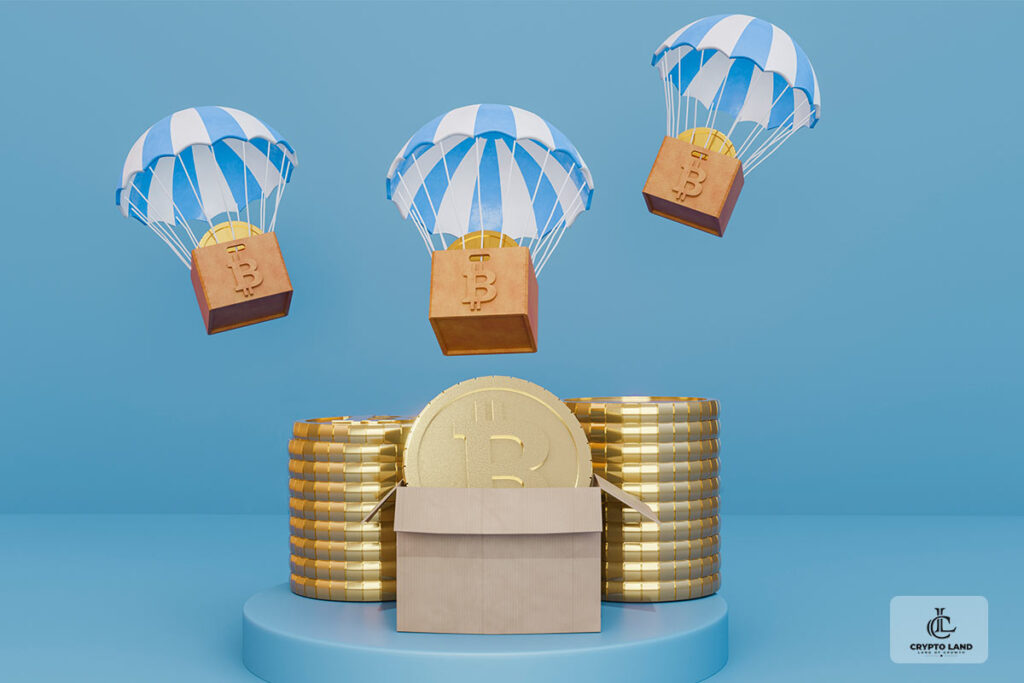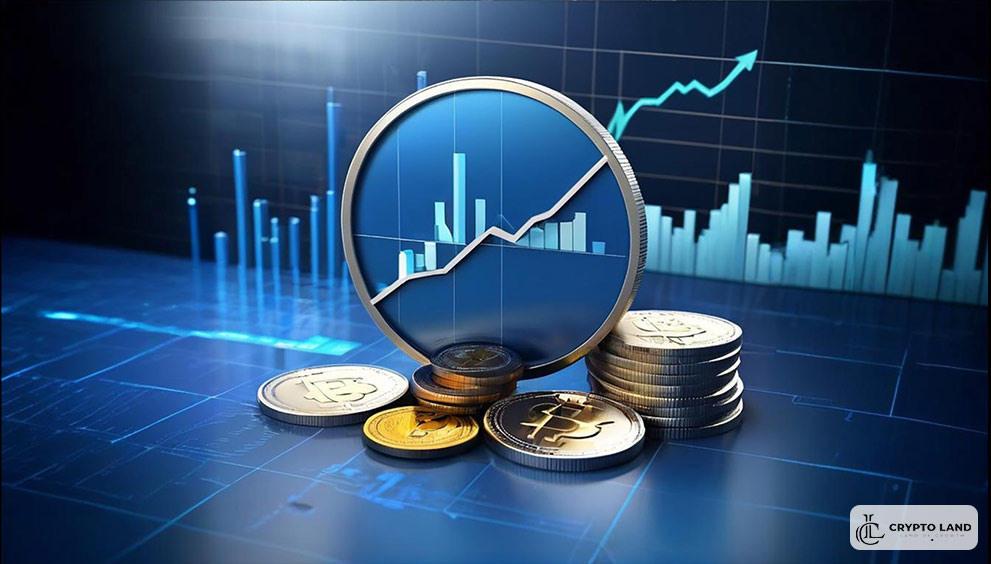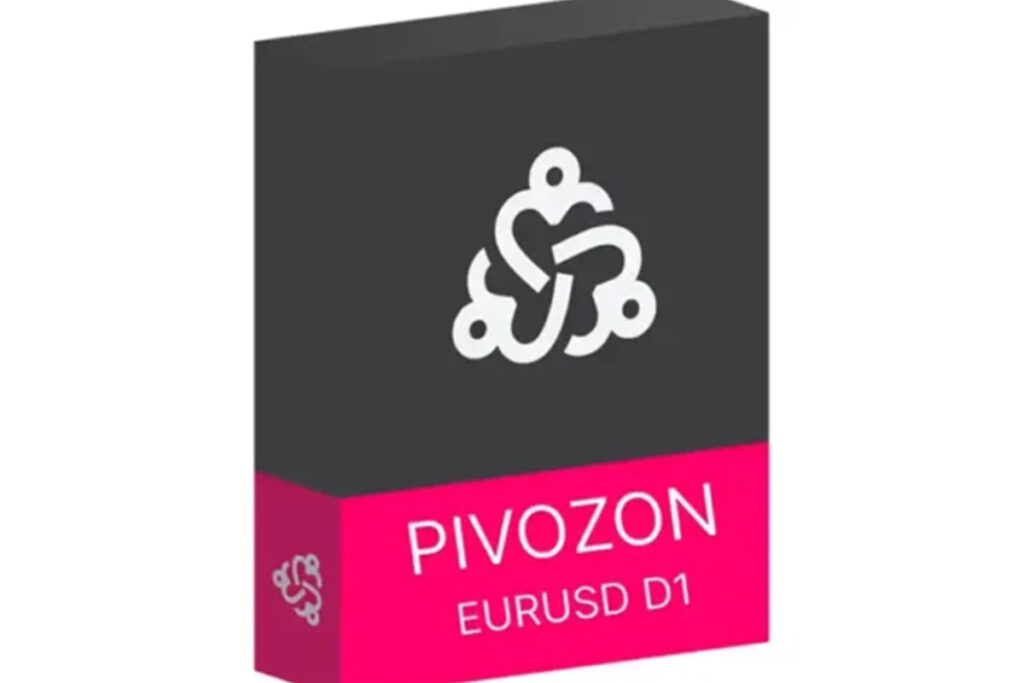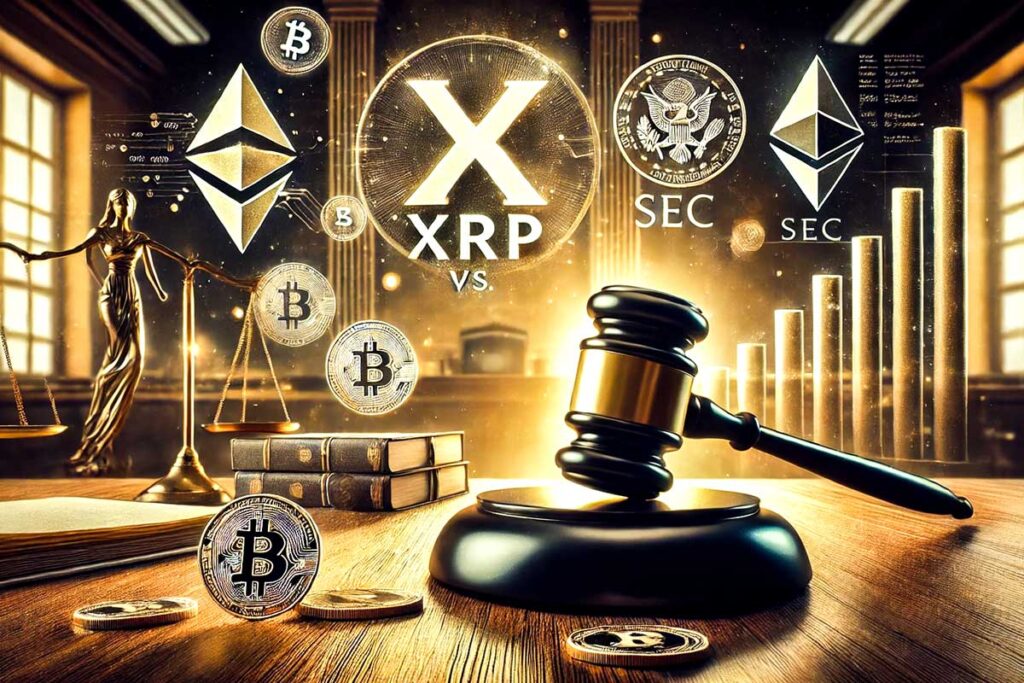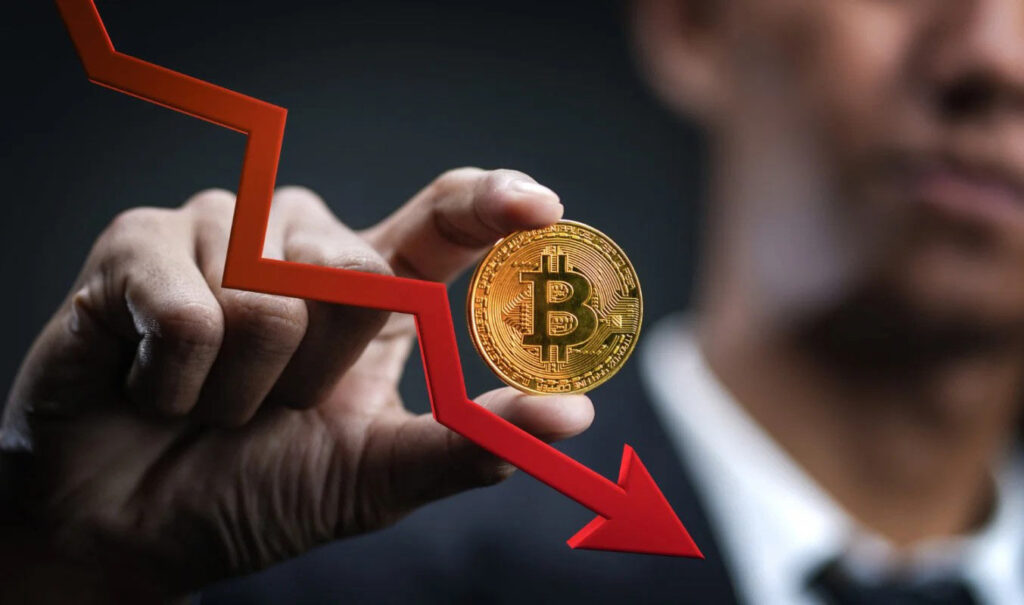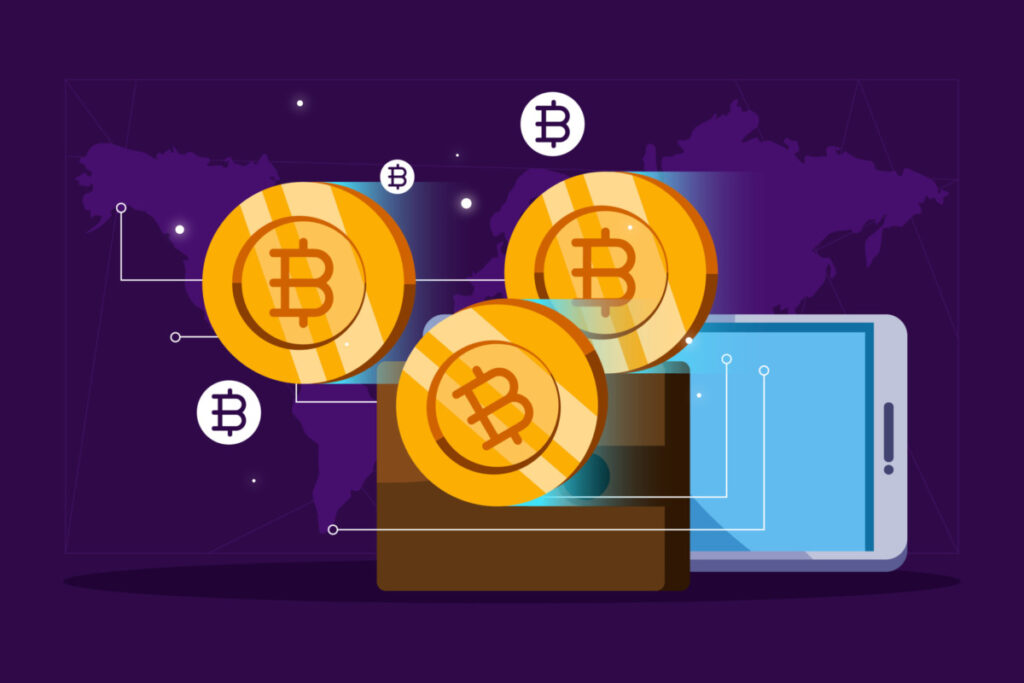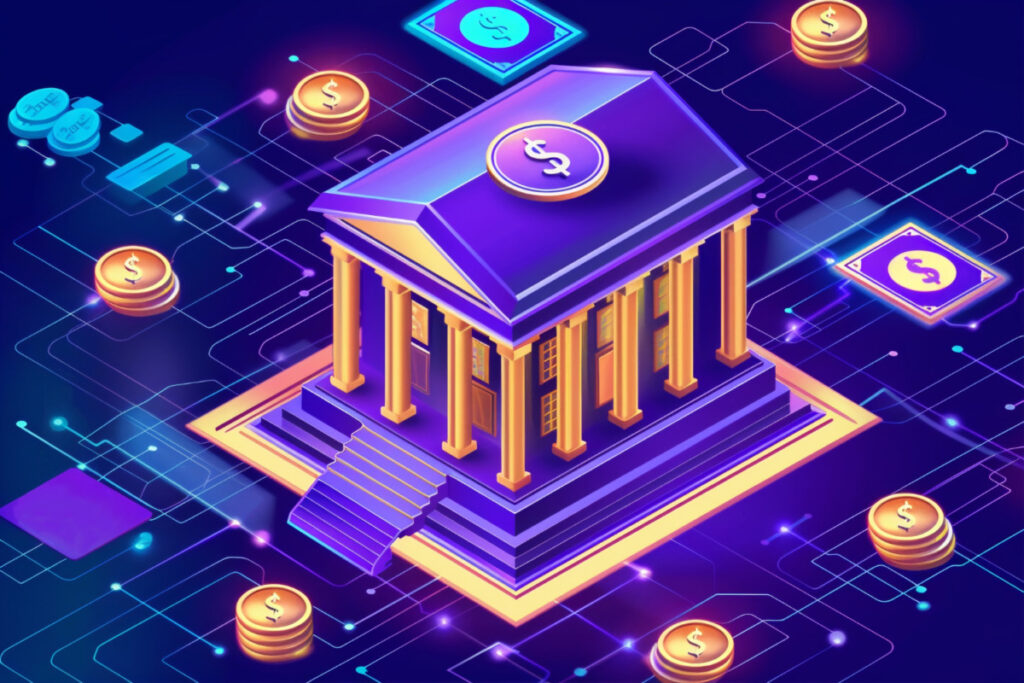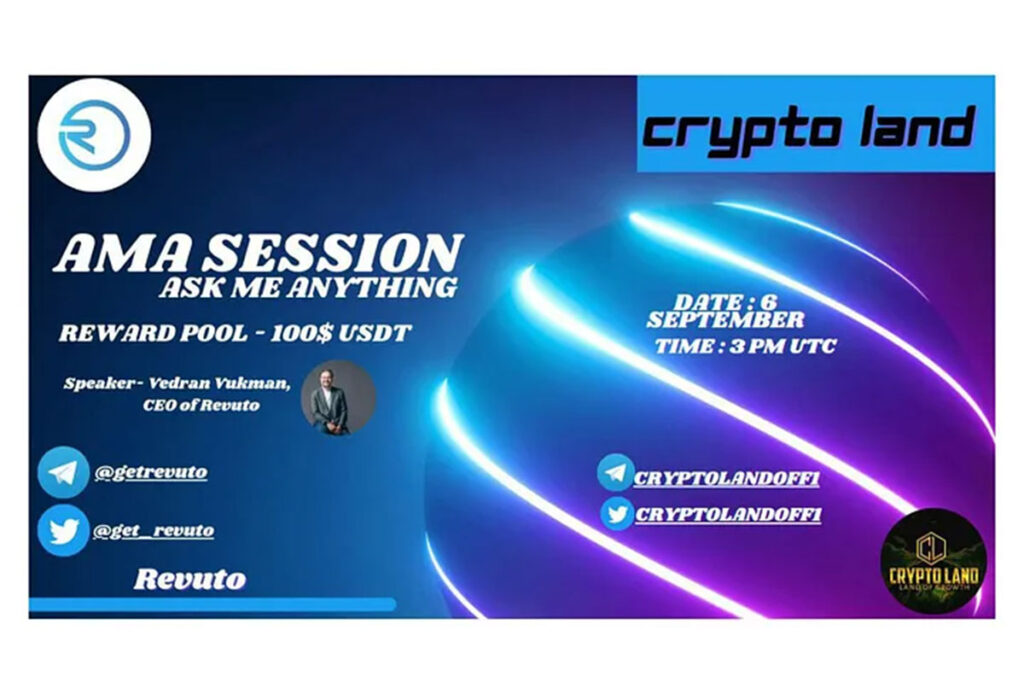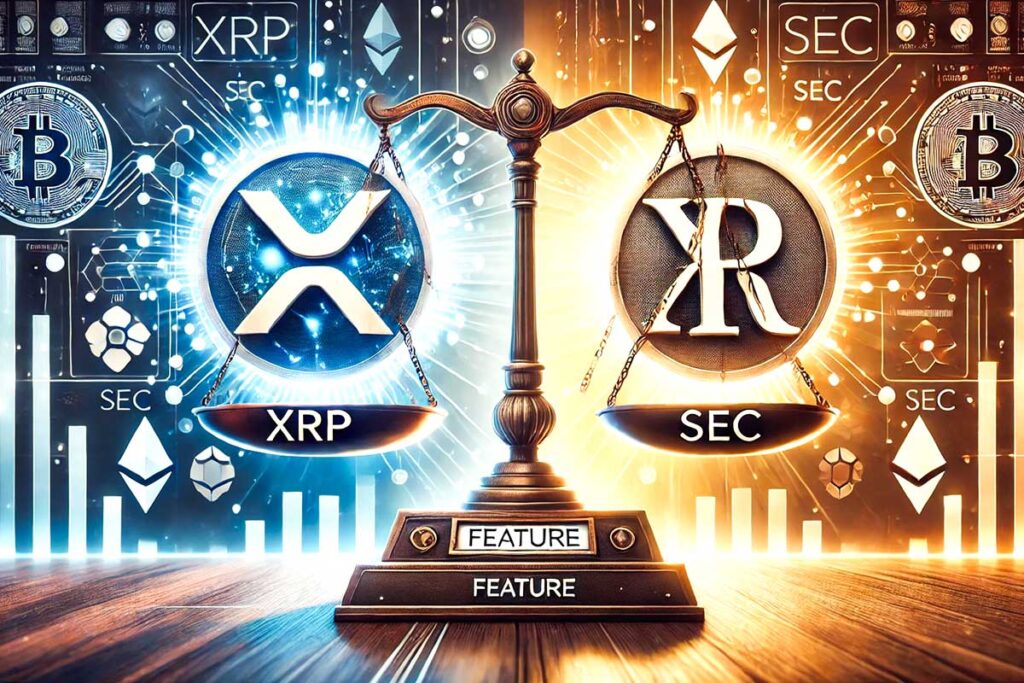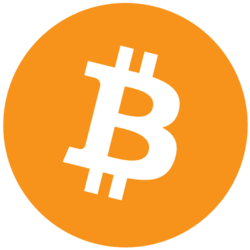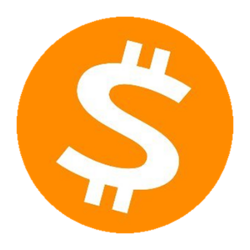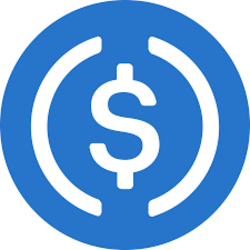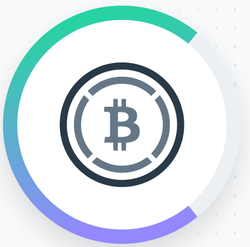Are All Stablecoins Trustworthy?
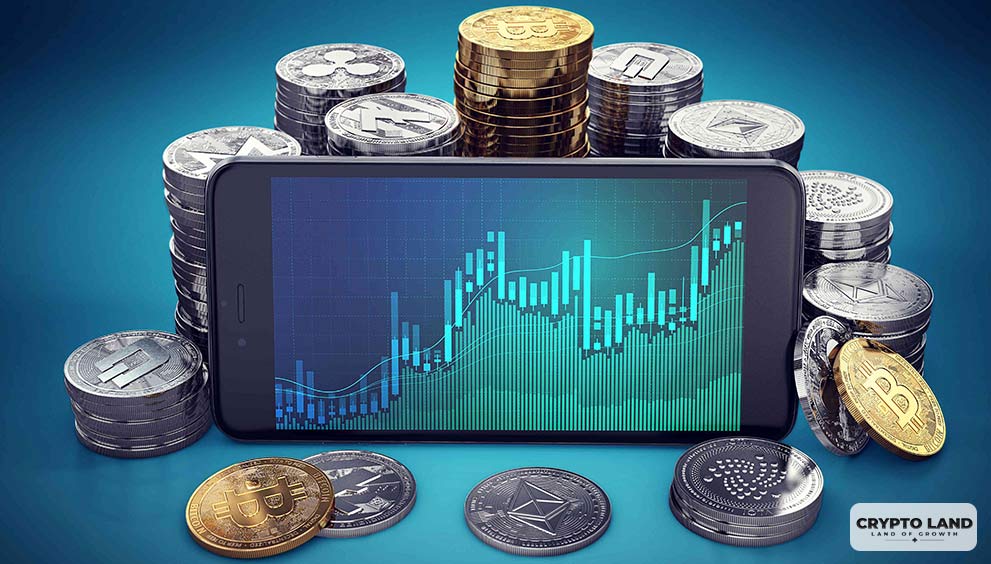
Stablecoins have become the crypto world’s new bedrock. They promise stability in a world otherwise marked with extreme volatility.
Tethered to traditional currencies or assets, they provide a compromise between the far-off dream of decentralization with cryptocurrency and the stability of fiat money.
This blog post will explain what is required for a stablecoin to be trustworthy, analyze its type, and examine the risks that could undermine its reliability.
Understanding Stablecoins: The Basics
Stablecoins are digital assets issued to maintain a constant value. They are usually pegged to traditional currencies like the US dollar, Euro, or even commodities such as Gold.
With the ease and speed of crypto transactions, minus the notorious price fluctuations, they play an important role in trading, remittances, and as a store of value.
Types of stablecoins
- Fiat-Collateralized Stablecoins: These are backed by vaulted reserves of traditional currencies, such as the US Dollar, held in bank accounts or in treasury assets like USDT and USDC.
- Crypto-Collateralized Stablecoins: Their value is pegged to cryptocurrencies and overcollateralized to account for the volatility of their backing assets, such as DAI.
- Algorithmic Stablecoins: Those who rely on smart contracts and algorithms that handle issues of supply and demand from the get-go to check and maintain a stable value without direct asset backing like USDD.
Now, while the idea appears soundproof, its implementation may be highly unsound, raising severe questions about whether these digital assets are trustworthy.
What Makes a Trustable Stablecoin?

A lot of work goes into making stablecoins safe.
- Transparency and Reserves:
With fiat-backed stablecoins, managing the reserve assets is important to be as transparent as possible. Do they have regular audits? Are the assets fully collateralized? Some have called out Tether (USDT), for example, on the legitimacy of its reserves, which raises questions about the reserve’s ability to back the issued tokens.
- Decentralization:
Reputable stablecoins typically have decentralization in place when it comes to the governance of the coins. Stablecoins such as DAI are owned by decentralized organizations with distributed authority. Thus, decisions are spread over a network rather than an individual entity. Decentralized stablecoins mitigate the risk of central authority manipulation or failure and thus appeal more to some.
- Collateral and Support:
A stablecoin with liquid and accessible reserves is more secure than one with questionable or obscure reserves. If a stablecoin says it’s pegged to the US Dollar, it should hold the dollar reserves or equivalent collateral on demand. Maladministration of collaterals is a reason why many algorithmic stablecoins went down, their pegging mechanism collapsed, and a coin became worthless.
- Audit Frequency and Transparency:
Stablecoins that are regularly audited by independent third parties can be relied upon to have reserves. Risks are more pronounced for coins that aren’t audited frequently or won’t reveal the assets that back the coin. A stablecoin’s reliability needs transparency reports and proof from third-party verifications.
Risk Factors of Stablecoins
1. Collateralisation Risk
Fiat-backed stablecoins rely on the antiquated banking system to keep their reserves and may face liquidity crises due to excessive withdrawals.
Crypto-collateralized stablecoins, such as DAI, are inherently riskier because the value of a token is pegged to an underlying volatile cryptocurrency.
A meteoric decline in collateral value may cause a stablecoin’s de-pegging.
2. Algorithmic Failure
Algorithmic coins are the most complicated ones.
TerraUSD used an algorithmic model to maintain its peg with the US Dollar. Still, a series of unfortunate events somehow caused the stablecoin’s peg to be lost, eventually leading to its collapse.
Algorithmic stablecoins function on the rule of the market and, at times, cannot uphold their peg during unfavorable market conditions, thus making this an even riskier bet compared to others.
3. Centralization and Trust Issues
Centralized stablecoins are issued and controlled by a single entity, which can thus become a weak spot. If the organization responsible for holding and maintaining reserves or pegs of a stablecoin is compromised due to bankruptcy, fraud, or mismanagement, the coin’s value could be at risk.
Examples of this are Tether (USDT) and Circle (USDC).
4. Regulatory Crackdowns
The more stable coins gain popularity, the closer they get to having keen regulatory eyes on them. Once they begin popping up rapidly, stablecoins could begin interfering with or enabling illicit transaction systems on traditional monetary systems.
In many ways, prohibitively tight regulations or restrictions governments impose on certain stablecoins can mean a ban or very tight management of the coin, affecting its credibility.
For instance, Facebook’s Libra was met with resistance from the regulators, and Diem was later renamed before ultimately ending the project.
5. Perception in the Market
The perception of a stablecoin by a market may dramatically alter its trustworthiness. Any adverse news or rumor can create a ripple effect, which will then be followed by panic selling and de-pegging. Stablecoins are also prone to “runs,” where many owners try to withdraw all their tokens at once; this drains the reserves and ultimately results in de-pegging.
How to Identify Trustworthy Stablecoins
There seem to be so many stablecoins nowadays that knowing which ones to trust is tricky.
- Check Reserve Transparency:
Find a stablecoin whose reserves are transparent and have verifiable information on them. The USDC and PAX, to mention some, are best characterized as transparent and audited regularly.
- Asset Backing:
What is supporting the stablecoin? Are these assets liquid and easily accessible? Fiat-backed stablecoins are more stable than algorithmic forms because they are directly supported by conventional currency.
- Regulatory Compliance:
See if the stablecoin complies with regulations in key markets. Regulatory approval usually indicates that the stablecoin conducts its operations completely transparently and accountable.
- Market Sentiment:
A stablecoin’s reputation in the crypto community matters. Monitor what key influencers, analysts, and industry reports say about it.
Conclusion:
The answer is simply an obvious no: not all stablecoins are trustworthy. Before investing or using stablecoins, do the proper investigation, weigh the risks, and stay attentive to market conditions.
Of course, they offer great stability, but as with any financial instrument, there are pitfalls.



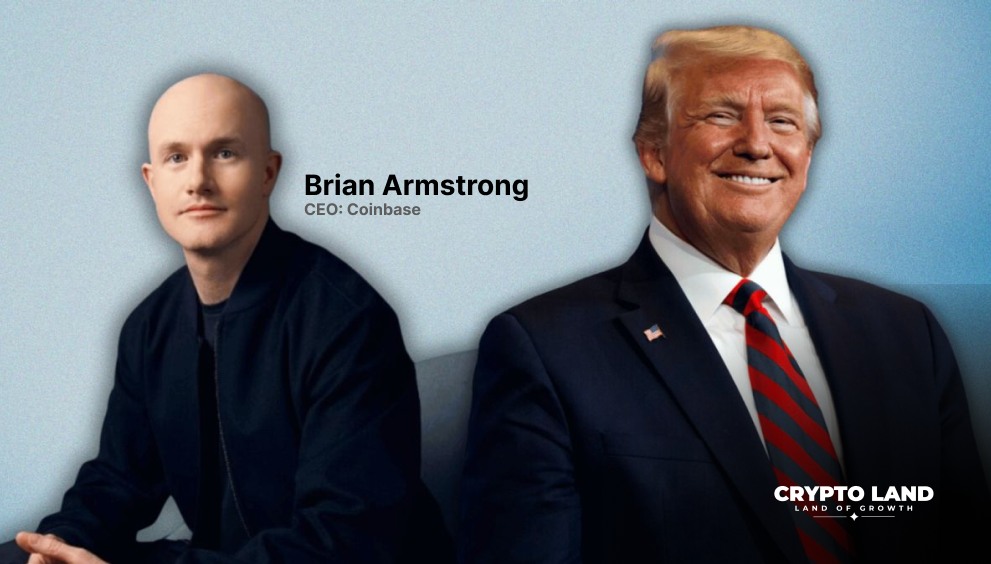

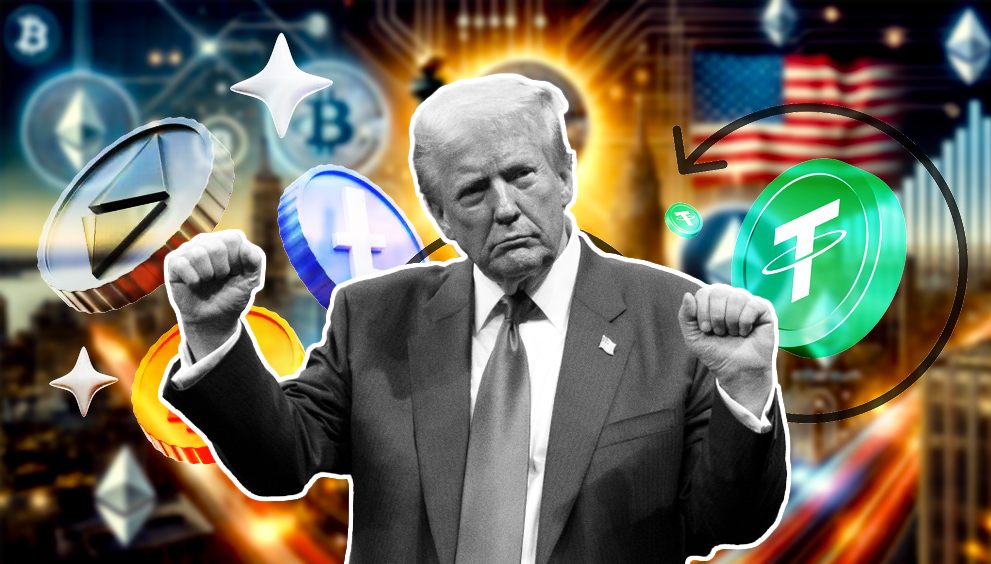

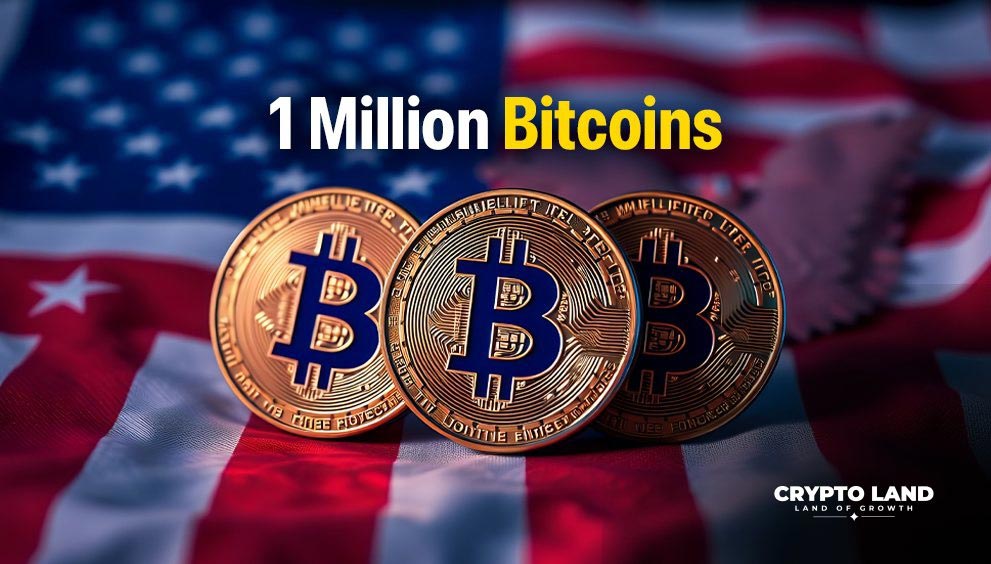
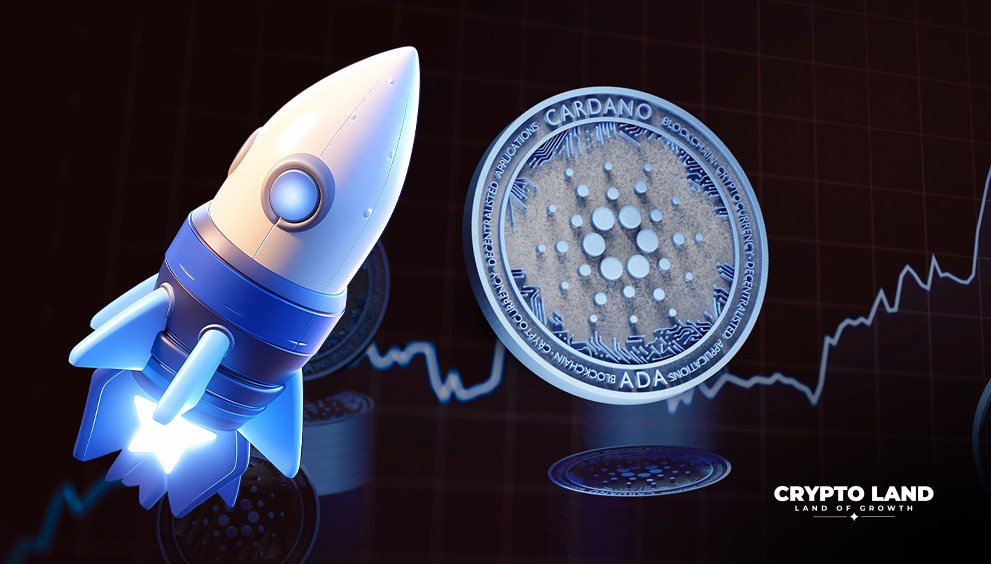
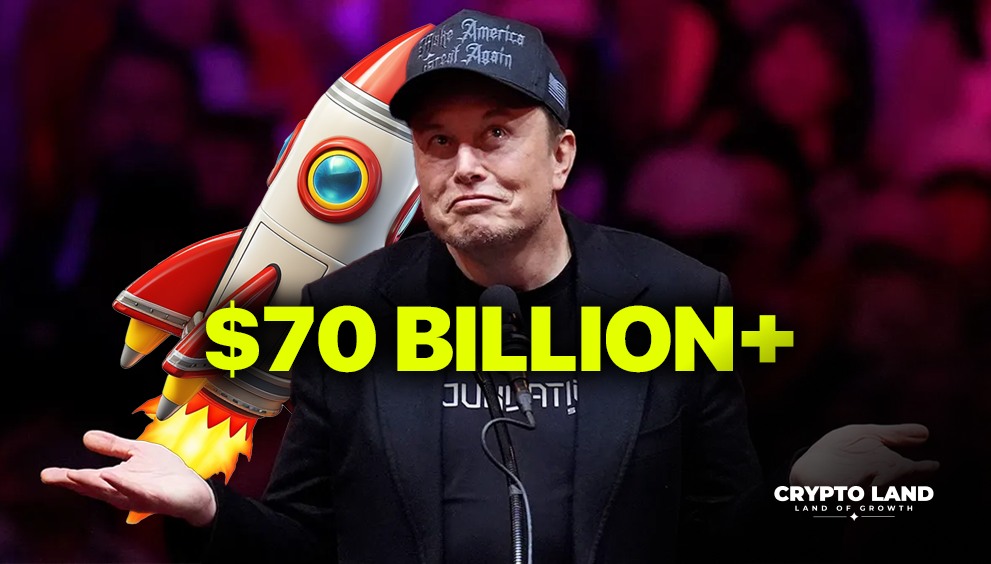

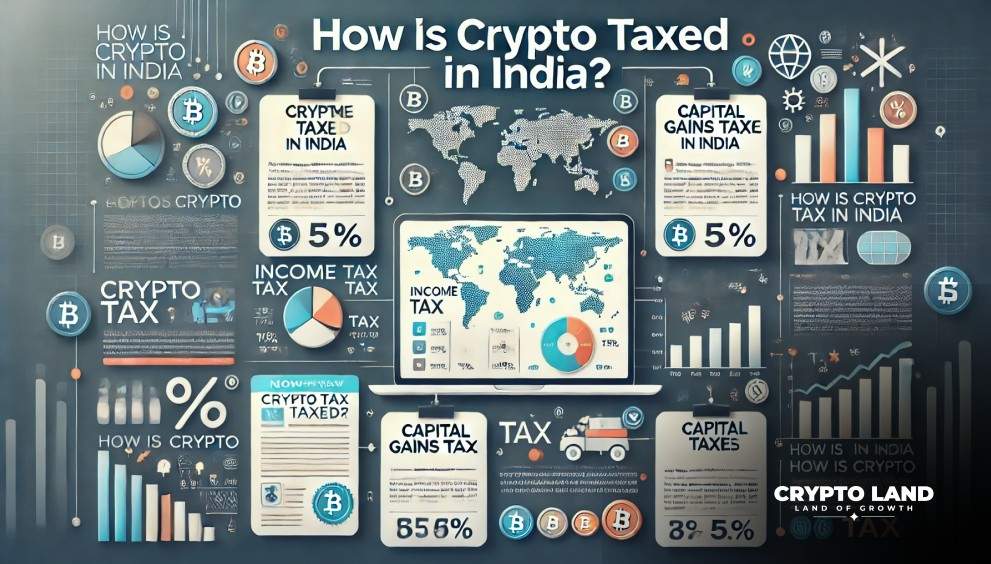

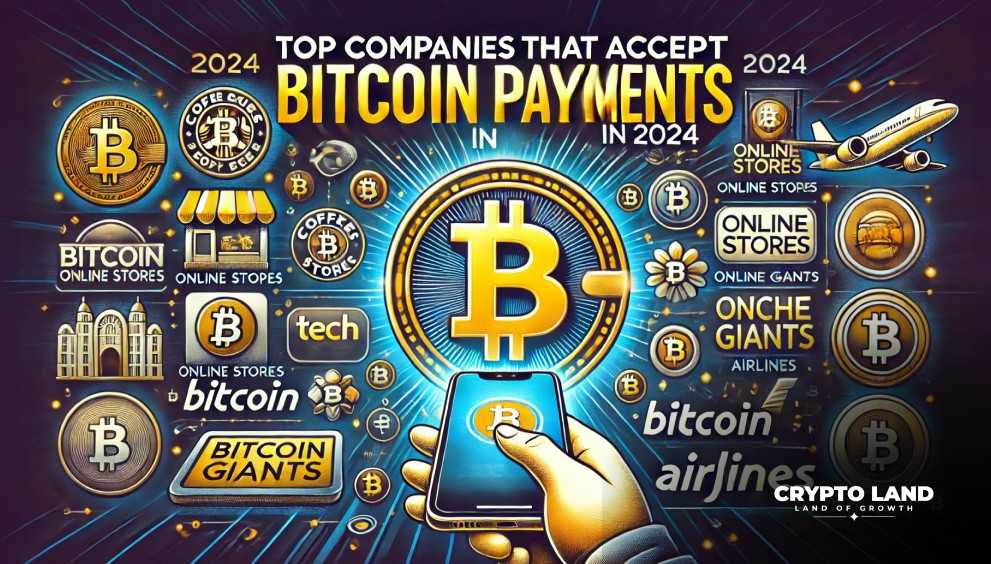




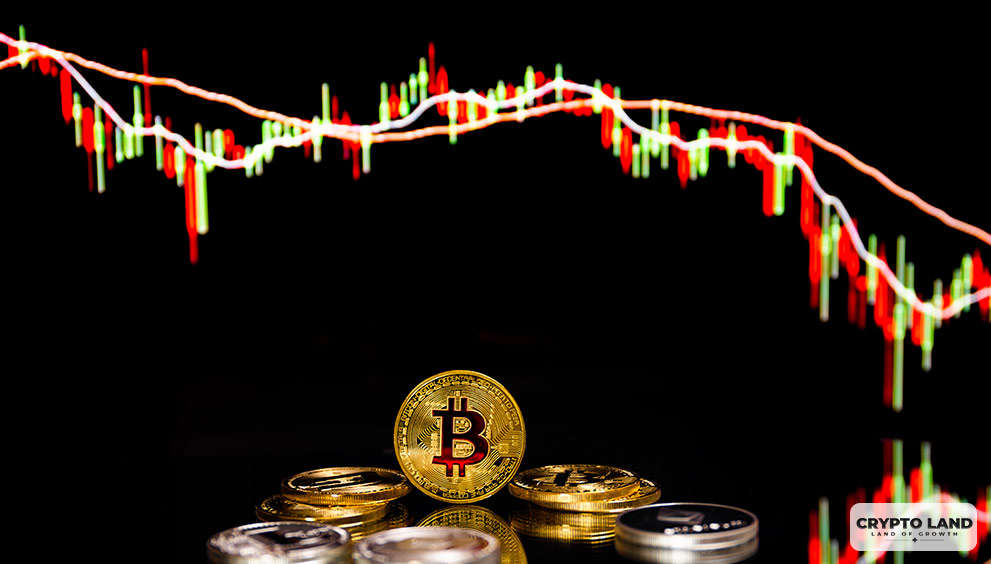


![Top Altcoins in October [2024] You Should Look Out For 20 Top Altcoins in October [2024] You Should Look Out For](https://cryptolandoff.com/wp-content/uploads/2024/10/Top-Altcoins-in-October-2024-You-Should-Look-Out-For.jpeg)

